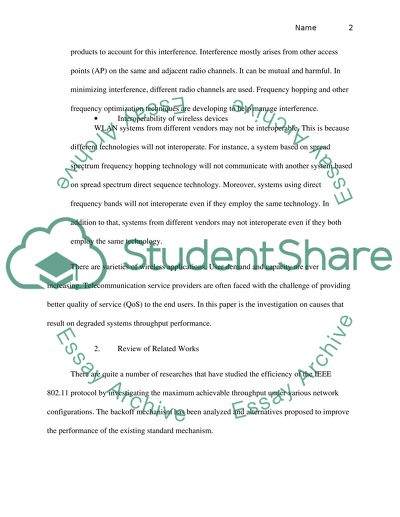Cite this document
(“WLAN Throughput Performance Research Paper Example | Topics and Well Written Essays - 1250 words”, n.d.)
WLAN Throughput Performance Research Paper Example | Topics and Well Written Essays - 1250 words. Retrieved from https://studentshare.org/information-technology/1595141-wlan-throughput-performance
WLAN Throughput Performance Research Paper Example | Topics and Well Written Essays - 1250 words. Retrieved from https://studentshare.org/information-technology/1595141-wlan-throughput-performance
(WLAN Throughput Performance Research Paper Example | Topics and Well Written Essays - 1250 Words)
WLAN Throughput Performance Research Paper Example | Topics and Well Written Essays - 1250 Words. https://studentshare.org/information-technology/1595141-wlan-throughput-performance.
WLAN Throughput Performance Research Paper Example | Topics and Well Written Essays - 1250 Words. https://studentshare.org/information-technology/1595141-wlan-throughput-performance.
“WLAN Throughput Performance Research Paper Example | Topics and Well Written Essays - 1250 Words”, n.d. https://studentshare.org/information-technology/1595141-wlan-throughput-performance.


